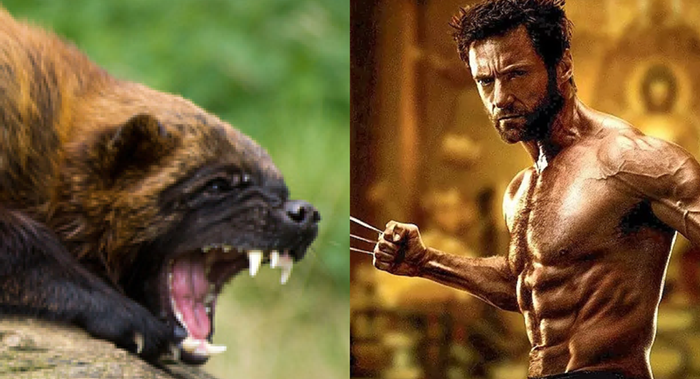ASSUMING THE EARTH is still here in 100 years, the best we can hope for is that people of the future will look back on our era as one of change. Out of upheaval eventually comes growth, and we're currently witnessing it in nearly every industry. You may not think of it first, but the wine industry is no exception, and in Oregon it could become an even more powerful factor in our state's chances for well-being and prosperity moving into the next century.
Speaking of prosperity: As American winemaking tradition would have it, this pursuit is typically the province of the wealthy. Wine has been shaped in the American imagination as a bucolic ideal, a romantic vacation package featuring unobstructed blue skies and sprawling vineyard estates broken up only by the occasional bed and breakfast or horse rental operation. But most winemakers will tell you that the tending of vineyards and winemaking are two different pursuits.
Tom and Kate Monroe own Portland's Southeast Wine Collective, which houses their Division Winemaking Company along with Bow & Arrow, Helioterra, and Vincent. Monroe says that the rural model made sense when our country's relatively young industry was founded, when land further away from city centers was cheaper and more plentiful. Historically, though, and as is still the case in Europe, the vineyard lay outside the village, but the winery inhabited a basement right in its heart, as much a local staple as the butcher or fishmonger. Nonetheless, Americans' agricultural association is so pervasive that Monroe says he still gets customers who walk into the Collective's tasting room—where glass walls allow full view of the equipment and operations—and ask, "So where do you make the wine?"
So the big change that characterizes this era of winemaking—the rise of the urban winery—is, as with most good ideas, a return to the original model. It's also an alternative to an assumed high barrier to entry. Not long ago it was a given that you needed land, or the money to buy it, to be a winemaker. Now, Southeast Wine Collective is joined by increasing numbers of small businesses bringing winemaking back within the city limits: Fausse Piste, Clay Pigeon Winery, and Alchemy Wine Productions to name a few. On NE 31st and Sandy, construction is under way on the Bindery, a new development that will feature one of the largest underground wineries in the country, with Bow & Arrow as its anchor tenant. (Basements being the ideal environment for the carefully controlled temperatures this art demands.)
"We're of the generation that can't afford land, and we're marketing to city folk who aren't necessarily the people who are going to go out to spend a day in wine country," say Bow & Arrow's Dana Frank, who runs the family business with her winemaker husband Scott. The generation of customers is changing too. The idea of buying a bottle of fine wine and treating it as a collectible is dated. "One of the biggest things I have personally noticed with the influx of urban wineries is a very increased number of younger, more educated wine drinkers," says Fausse Piste's Jesse Skiles. "The most refreshing thing about that is that they tend to treat wine as a drink."
Furthermore, not growing your own grapes isn't as big a deal as you might think. In fact, according to Monroe, even wineries situated in the heart of wine country are most often doing the same thing: buying grapes from unaffiliated vineyards, most of which are operated by a handful of what are essentially specialized property management companies. Instead, he says the biggest challenges have to do with working efficiently and cleanly within the closer confines of an urban space.
As for the future, in 100 years the increasing demand for wine in expanding markets such as Asia will likely bring increased pressure (and potentially power) to Oregon, as one of the few places suitable for grape growing. In turn, viticulture will need to contend with whatever climate change brings to the region—which may contribute to the inevitable end of pinot noir's reign. "When wine country was being established in the '70s, our forefathers came with grape cuttings from Burgundy and they took off," says Frank, "but it kind of stopped there." Now a more experimental generation is getting into varietals from the Loire Valley, the Rhone, and beyond. "A lot of people are even doing some great German-style wines. It's really changing the face of the wine scene."













